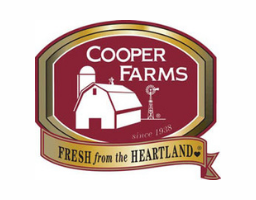
BeeHex, an equipment start-up company located in Columbus, OH, has been designing and building autonomous bakery equipment since 2017. In those four short years, the company has secured three patents and completely immersed its team into the food production industry, focusing on 3D printing food materials. BeeHex’s unique equipment allows bakeries to produce decorated cookies, cakes, cupcakes and more with high-speed precision suitable for any scale — small or large bakeries.
Utilizing food substrates in additive manufacturing presents a variety of issues, both from a machine performance standpoint and food safety standpoint. Although BeeHex had a team of technical experts in their respective areas, they didn’t have the food science knowledge to overcome certain obstacles in the commercialization process. Due to our reputation of supporting advanced technology commercialization in the food processing sector, BeeHex partnered with CIFT to bring the best possible product to market.
Because of the cross-functional and multi-faceted nature of this several year project, it presents an excellent opportunity to explore our entire portfolio of expertise and walk through what a CIFT engagement looks like from beginning to end. We’ll be doing that over several installments in this blog series. Continue reading for Part 1: Sanitary Design and CIP.
Part 1: Sanitary Design and CIP
When we began working with BeeHex, they already had a functioning 3D printer that could deposit food materials of certain characteristics with extraordinary accuracy. Their patented scanning technology allowed for printing on uneven surfaces, which is a huge step forward for 3D printing technology generally.
However, their machine wasn’t designed to be cleaned, and in order to meet the expectations of their potential customers, it was important for the entire unit to be examined and redesigned where possible to remove areas where food materials or water could collect and be unreachable. CIFT’s lead food scientist, Shari Plimpton, and food process engineer, Matt Inniger, collaborated with the BeeHex mechanical team for the analysis and modifications.
Additionally, the plumbing system used to move substrate from the extrusion pistons to the deposition nozzles required a clean-in-place (CIP) approach to sanitization. Our team of experts were there to assist BeeHex with designing the important parameters of the CIP process to ensure consistent sanitization.
Continue reading Part 2: Substrate Characterization and Viscosity Studies.
Food Processing, Success Stories
3D printing, 3D printing food materials, clean-in-place, sanitary design



